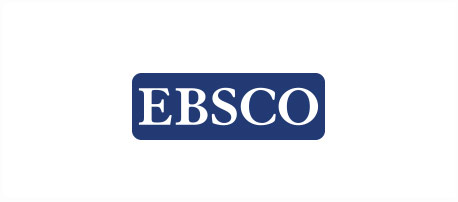Quantitative Structure Activity Relationship (QSAR) Analysis of Some Pyrazole Derivatives as Hypoglycemic Agents: Computational Approach for Drugs Discovery
DOI:
https://doi.org/10.64290/bima.v9i2B.1279Keywords:
QSAR, HDAC6, Diabetes mellitus, RDKit, Multiple Linear Regression, Random Forest, ChEMBL, Machine Learning, Drug DiscoveryAbstract
Diabetes mellitus (DM) represents a significant global health issue marked by persistent high blood sugar levels, driving the need for innovative treatment options. This research centers on the creation and assessment of pyrazole derivatives as potential agents to lower blood sugar, employing a robust machine learning-based QSAR model designed to predict the inhibitory activity of compounds, utilizing RDKit for molecular descriptor calculation. A range of pyrazole derivatives sourced from the ChEMBL database were analyzed, and their inhibitory activities to reduce blood sugar levels were tested. QSAR models were constructed using Multiple linear regression (MLR) and Random Forest regression for model development, integrating molecular descriptors to identify relationships between structural characteristics and biological effectiveness. These models exhibited strong predictive capabilities, pinpointing critical structural features that enhance hypoglycemic activity, achieving an R2 of 0.82, cross-validated correlation coefficient Q² of 0.80, and RMSE of 0.25 for Multiple Linear Regression and R² of 0.90, Q² of 0.85 and RMSE of 0.20 for Random Forest model. This study identified several pyrazole derivatives with promising blood sugar-lowering properties, offering a pathway for the development of new diabetes treatments. The results highlight the value of QSAR in guiding drug discovery and lay the groundwork for future preclinical and clinical studies.




